Just 17 and his First Watch Already Sold Out… Here’s The Story of Indie Watchmaker J.S. Elliott
A dream come true for a very young independent watchmaker with South Korean roots.
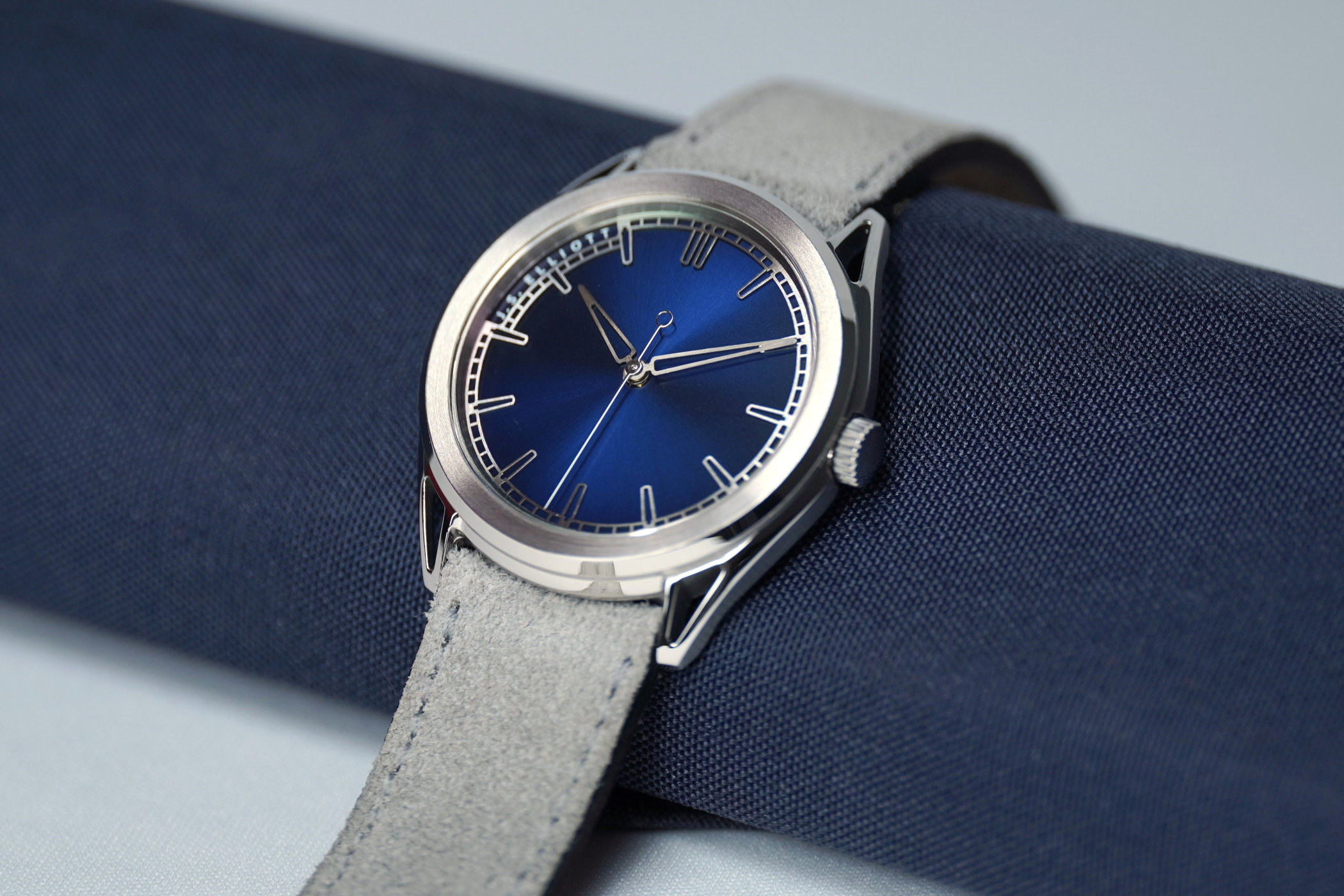
Do you remember what you were doing at the age of 17? I bet it wasn’t something in the line of making watches, was it? I know I wasn’t at least, and it must be said that accomplishing your first commercially available watch at such a young age is quite remarkable! Even more so when you manage to sell all 40 pieces in almost no time at all! This is the story of Jin-Seo Elliott Kim, a very young independent watchmaker with South Korean roots but living in the United States, and his Theory One, a watch he designed from the ground up, with the exception of the movement. And based on his inaugural piece, this young man has a bright future ahead!
Robin, MONOCHROME Watches – Elliott, can you briefly introduce yourself to our readers?
Thanks for this opportunity! My name is Elliott Kim, age 17. I consider myself to be a watchmaker-in-learning working on an independent brand, JS Elliott.
You’re still very young and new to watchmaking, but the passion runs deep. Can you tell us where that comes from, or how it started?
My passion for watchmaking started at the age of eight when I was able to watch the repair of a chronograph pocket watch. The complexity of the movement, with all of its wheels and levers, fascinated me and I was hooked. As I got older, I think I naturally developed a strong appreciation for things that worked without batteries and electronics – things that weren’t artificial. Watches represent this mechanical art in the clearest way and so I try to be a mechanical artist in my watchmaking.
Because of your age, it must have been impossible (or at least very hard) to enrol in watchmaking schools. How did you learn the skills needed to make watches?
Here in the United States, there aren’t many watchmaking schools. From the start, I understood that I needed to teach myself watchmaking knowledge through books and hands-on experience. Watchmaking has a very intuitive nature and I was able to learn many of the basics through my “deconstructions” (a nice way of saying I took watches apart and couldn’t put them back together). My biggest challenge was probably learning to be extremely careful in repairs and restorations. Too often, I’d almost complete a repair only to realize that I lost a gear or a screw through carelessness. In my earliest years, I spent many hours looking for screws and lost parts on the floor. These were always the hardest lessons to learn but they helped me develop attention to detail. When forced to tackle more difficult repairs, I researched information on the internet through forums and articles. This is pretty much how I learned to repair split-second chronographs, detent escapements on marine chronometers, and even one perpetual calendar that came by.
Who do you see as examples for you, and where does your inspiration come from?
There are a lot of people who have inspired me over the years; to name all of them would be hard. But the people who have inspired me the most are Max Busser, Masahiro Kikuno, and the late Derek Pratt. They strike me as people who are obsessive in pursuit of their art. I think anyone who ends up devoting their entire career to watchmaking is special. No one becomes a watchmaker aspiring to become wealthy or find stable employment; they do it because they’re crazy about it. And that’s why watchmaking today is filled with people constantly pushing boundaries and developing new ideas. I really hope to be like them one day.
Your very first commercial watch is called Theory One. Can you tell us more about that?
Theory One was a project I started a little over two years ago. The concept for it began as a just theory around 2019 but I wasn’t able to finance the development back then. After experimenting with a few designs, there was just this strong desire to see it become a reality. So I worked two different jobs to raise the funds and I was able to begin production of the components in late 2021. The first prototype was completed in the autumn of 2023 and I still remember the emotion that came with it. It was an amazing moment in my watchmaking journey that I’ll never forget.
In terms of watchmaking, can you explain to us what you do in your workshop when it comes to the Theory One?
Yes, of course! I do the design and development of my timepieces entirely on my own. This process starts with basic sketches of my idea. I’ll then draft models of the different components in a design program. Before any component goes into production, it needs to be prototyped in order to get a real-life feel of the dimensions. I print these parts on a resin 3D printer in my workshop. Being able to prototype in-house allows me a lot of creative freedom to try new things (even when they’re terrible ideas). Once the designs are finished, production of the individual components goes to different companies. I receive many of the parts in their raw state and apply the finishing like polishing and brushing myself. At the end, I assemble and regulate each watch and then it’s completed.
The Theory One was a big hit as it sold out quickly. What’s next for you?
I’ve decided to start working on a new project, the Theory Two. I’m really excited about it but it’s going to be a challenge. Designing a watch is always the hardest part for me just because there’s so much to constantly refine and rework. I hope to complete it this year.
Your dream is to become an integrated manufacture. What kind of watches do you envision in the future?
Yes, my biggest dream is to produce absolutely everything in-house! I’d like to focus on less mainstream complications like the equation of time and jumping seconds. In the future, I also want to be able to help other independents by producing components for them, as this was the part I struggled with the most. It’s a wild dream and I’m unsure if it will ever happen. But I know it’s possible.
How can people get in touch with you or order a watch?
People can get in touch through my webpage or social media. I’m always happy to connect with other watch enthusiasts so feel free to reach out!
For more information, please visit JS-Elliott.com or @J.S.ElliottWatchmaking on Instagram.


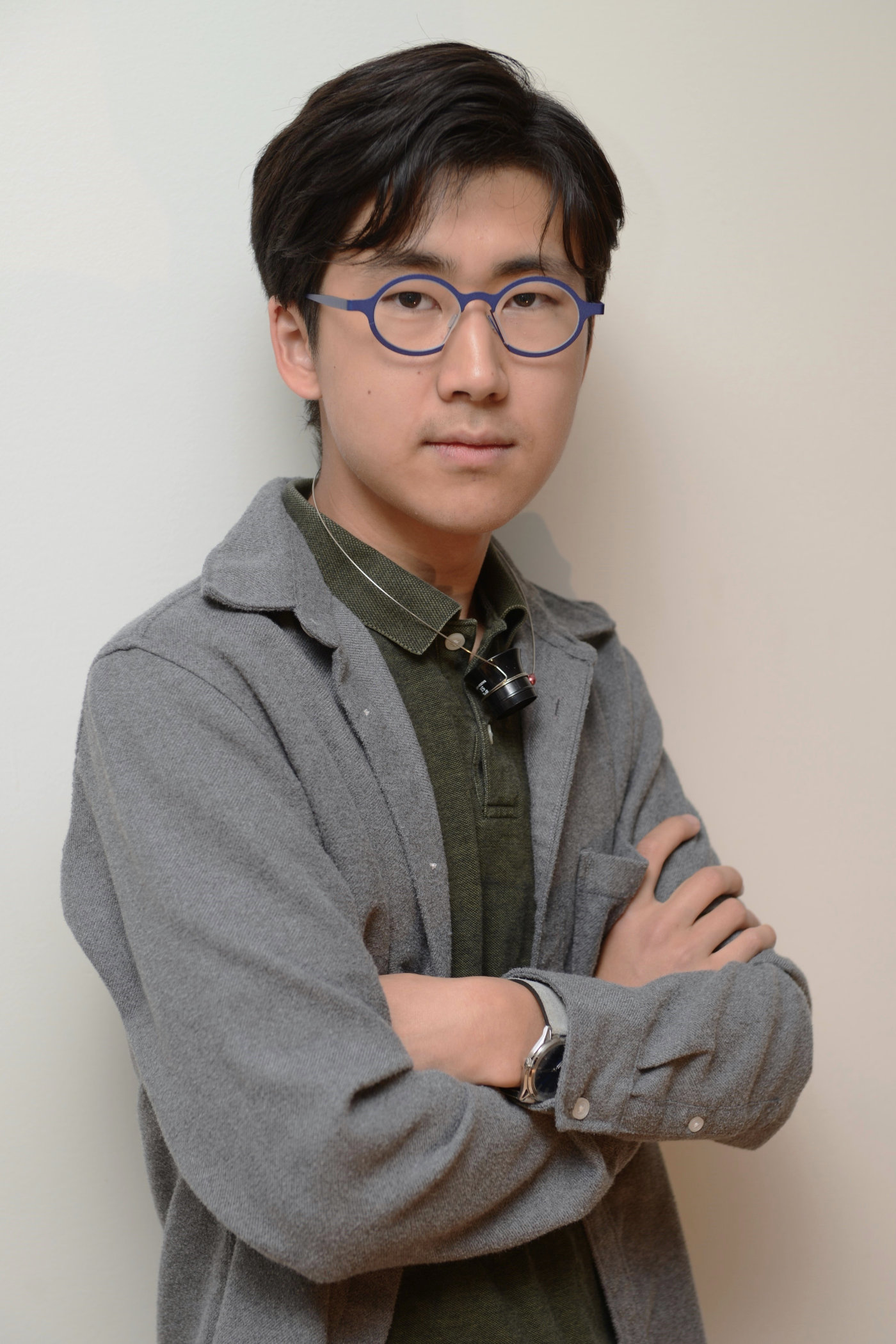
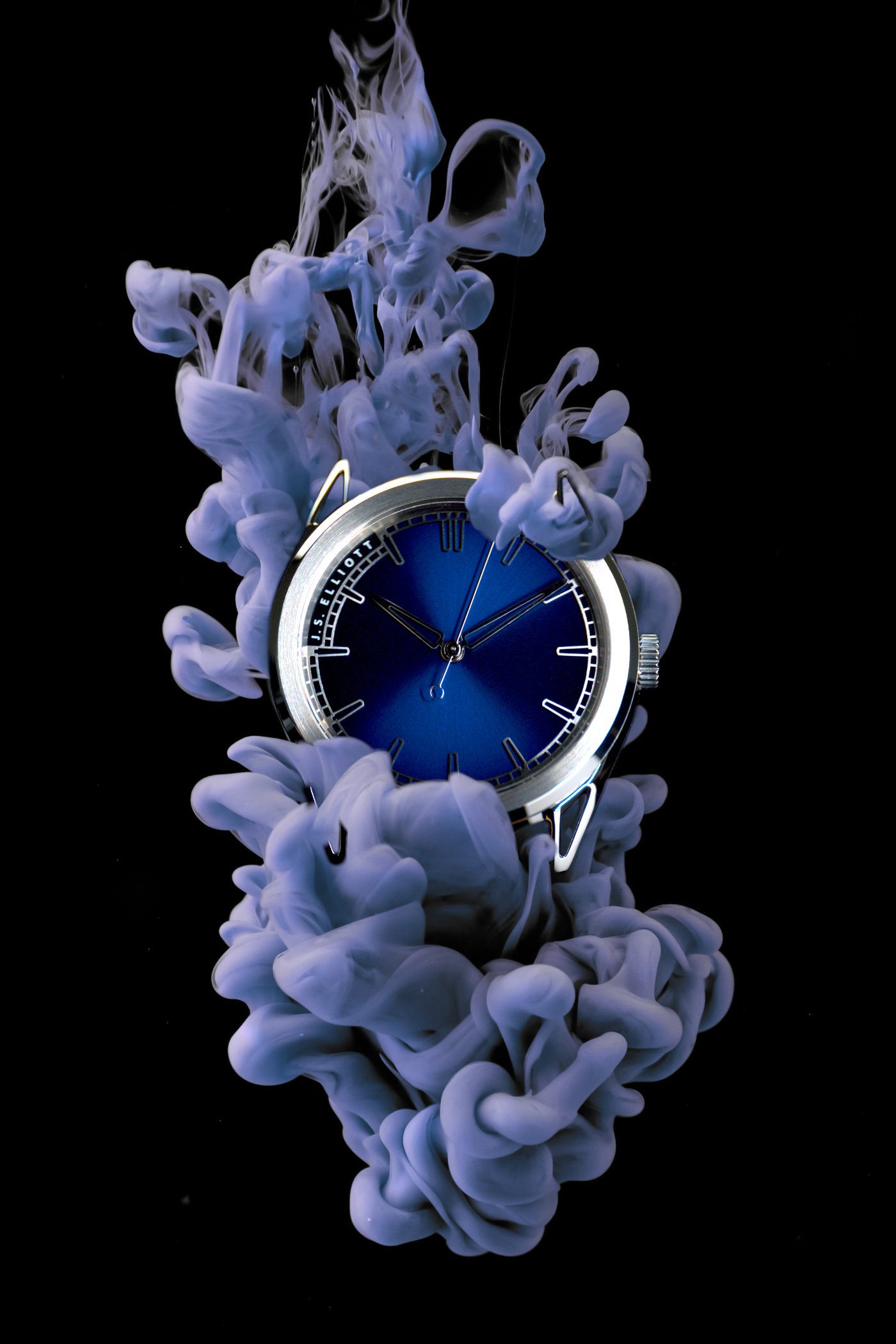


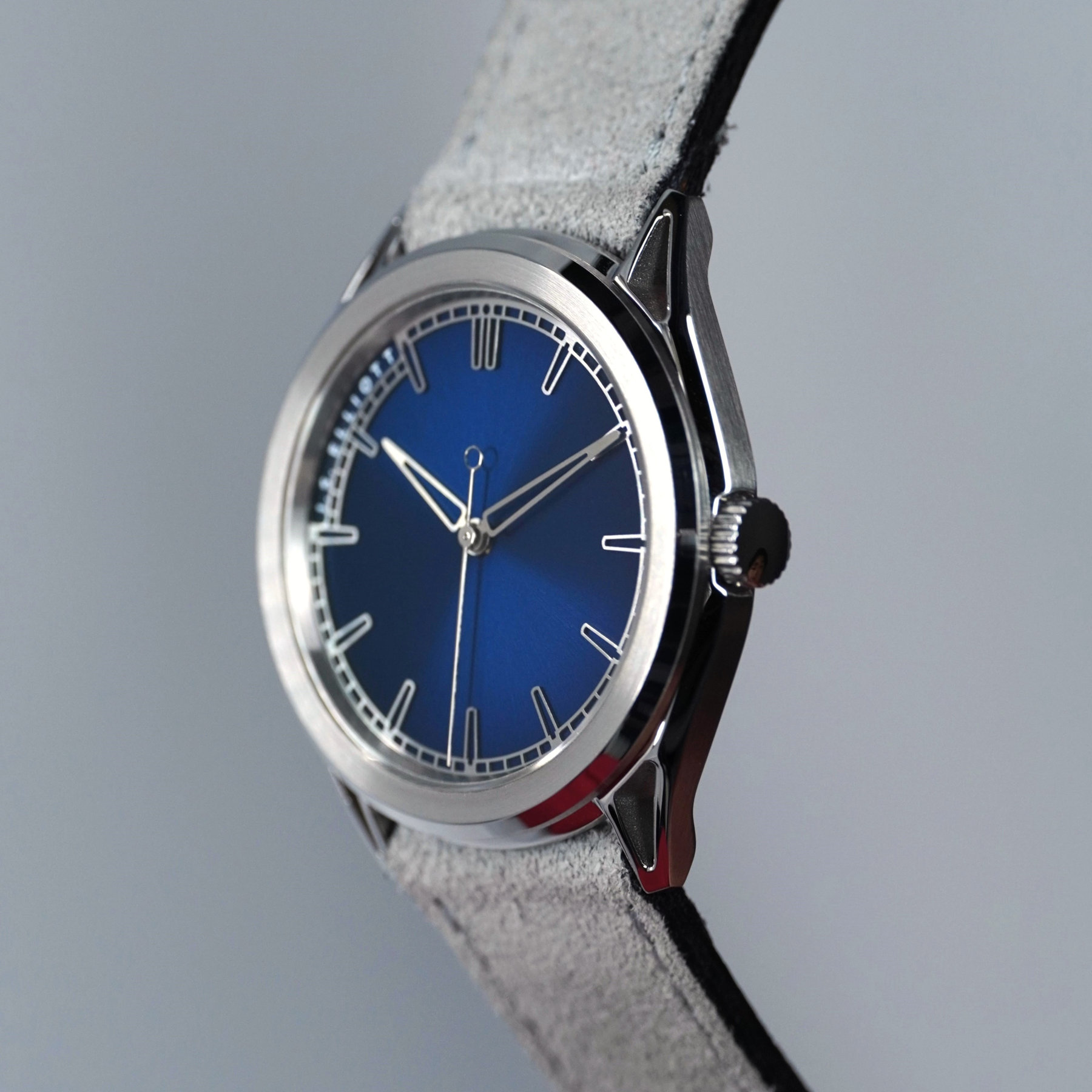
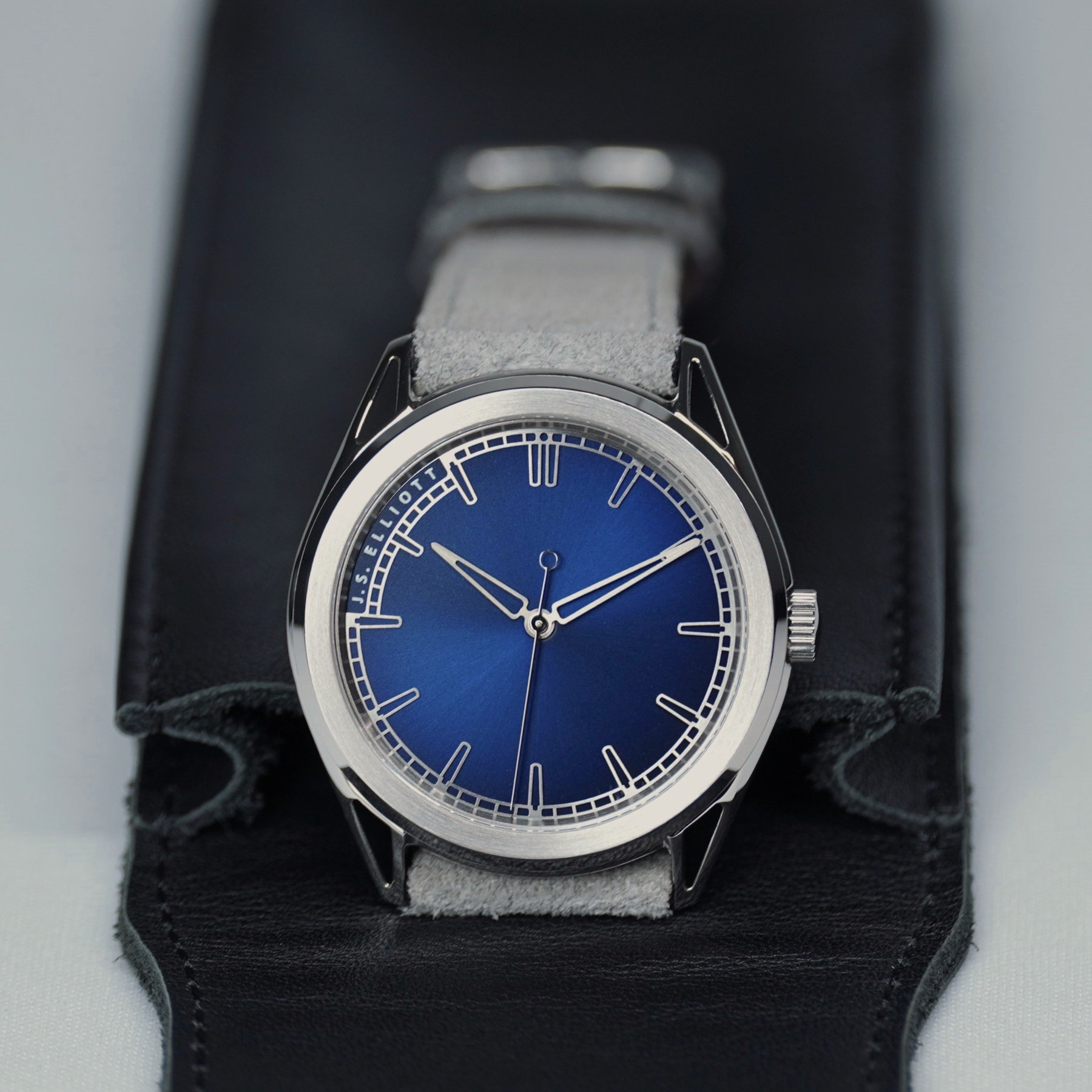

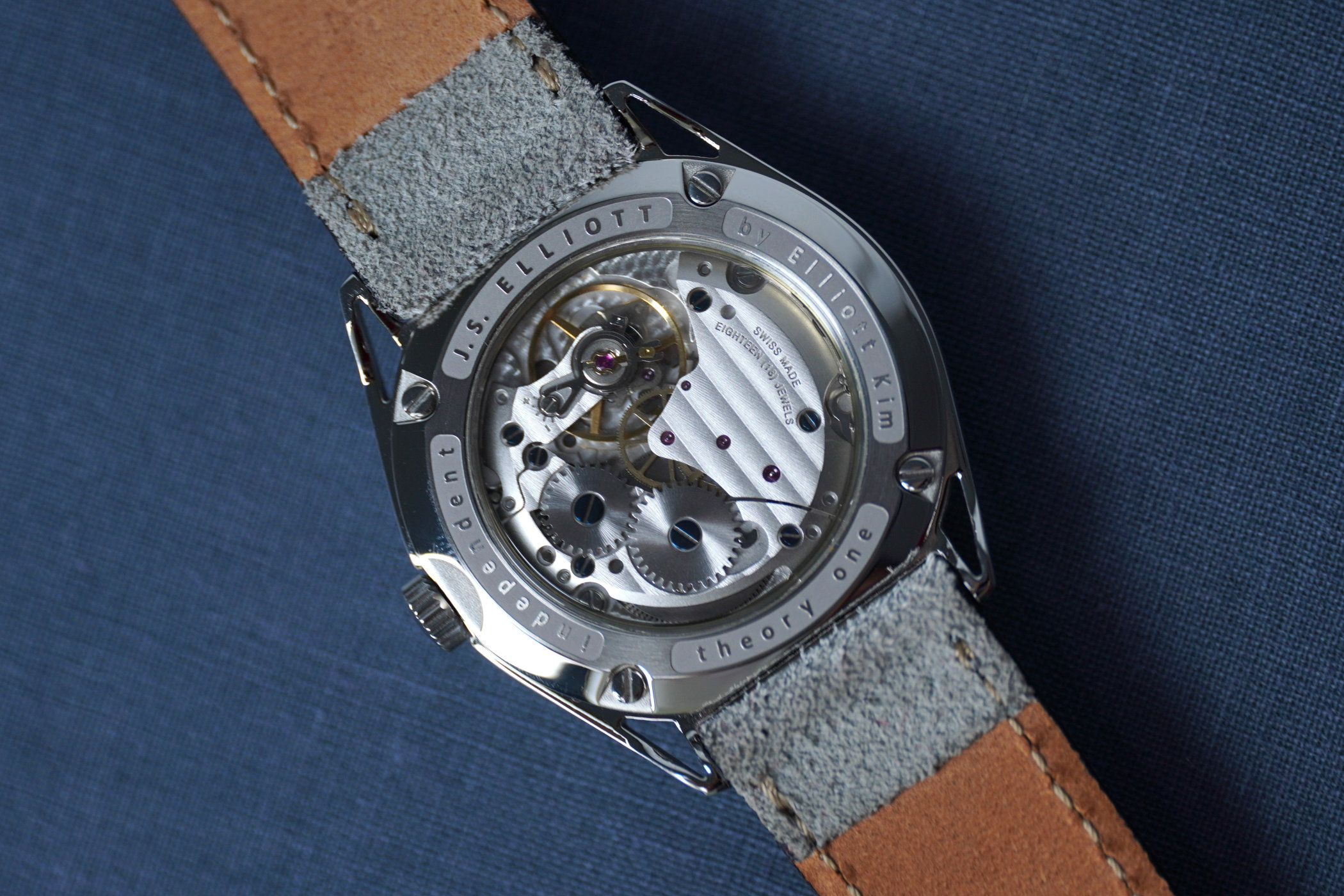

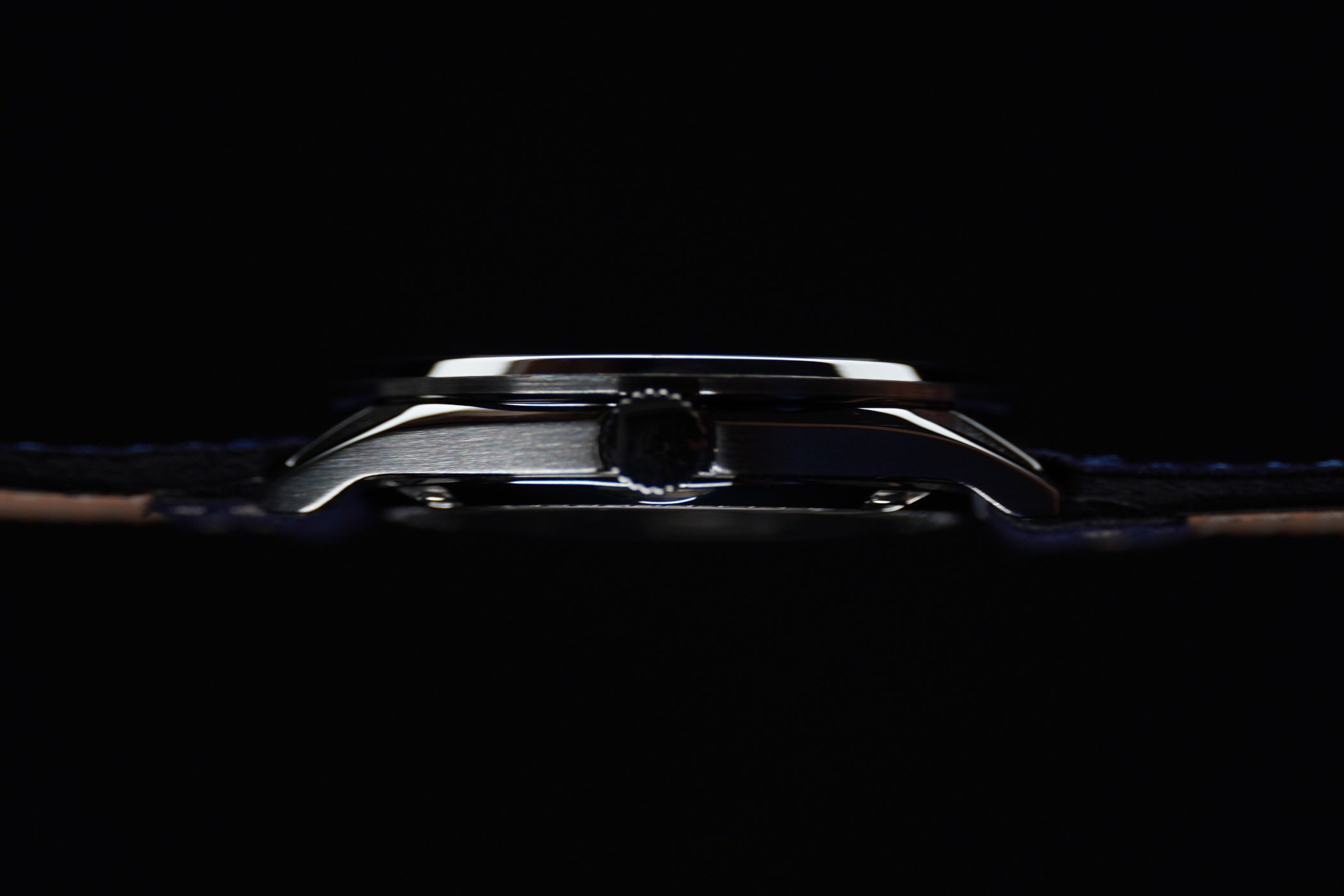
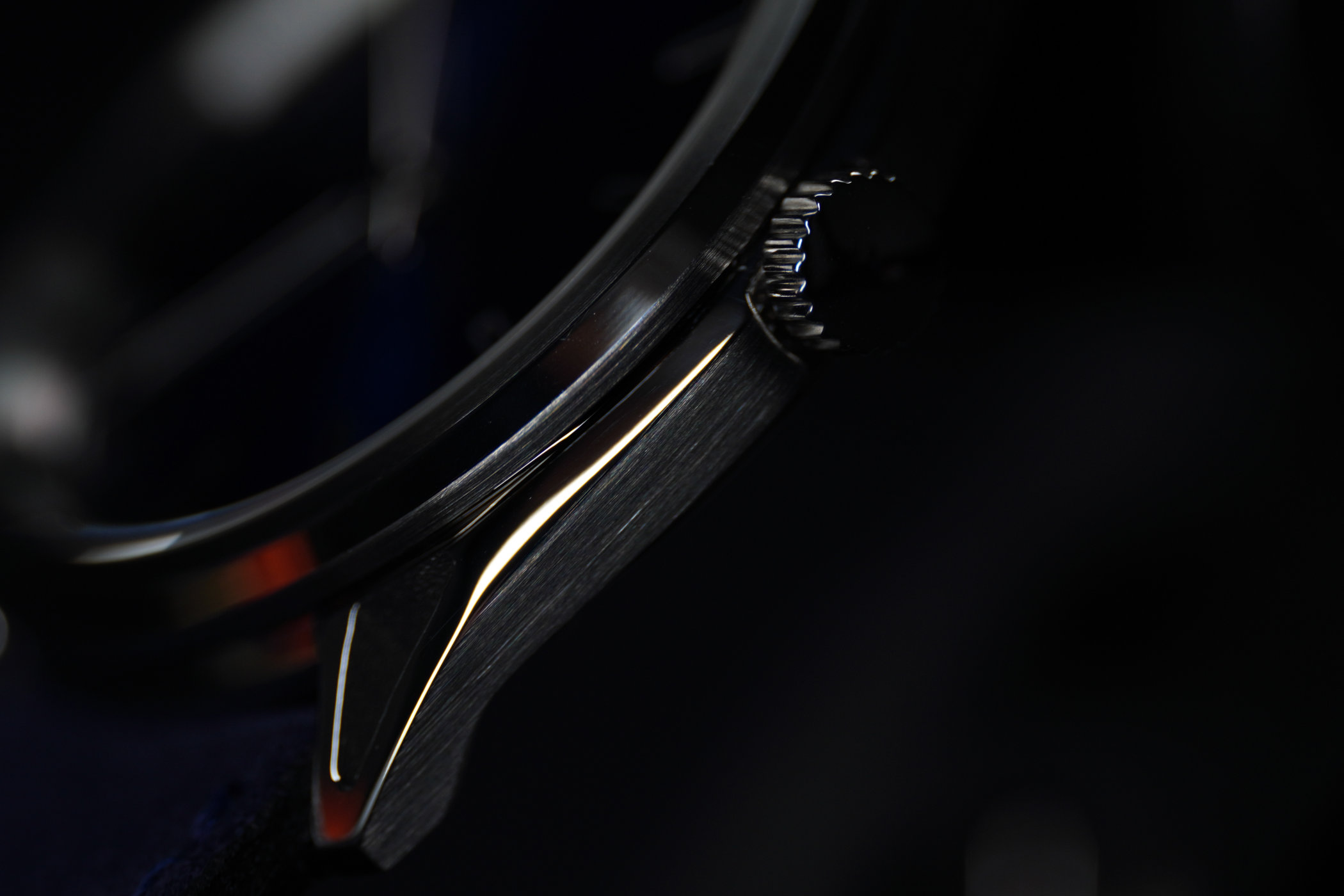





5 responses
How do people hear about these indie watchmakers such that they sell out so quickly? (And can I get on your newsletter?!)
Very cool! Manufacturers should take note that this kid is only 17 and he knows exactly what consumers want (38mm case, 8mm thickness, 43mm lug-to-lug).
@Alexei – this is one of the cool things about Instagram and social media… These young watchmakers are active on socials and are able to reach out to an equally active collecting community. As for the newsletter, you can subscribe to it at the bottom of the website (in the footer)
Congrats to this young man for accomplishing his vision. The outcome is outstanding and I hope he achieves his goals going forward. If he is the future (and I believe he is), then the future is bright indeed. This is tremendously impressive.
Wonderful story! Thank you for sharing.
Hopefully we will be seeing his work for many years.